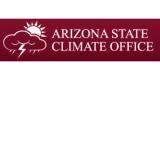The Southwest Monsoon has started off strong, and forecasters are predicting the potential for a wet monsoon season this summer. Specifically, the latest 3-month outlook shows an increased chance of July–September precipitation being above normal for parts of the Southwest, with the highest odds over southern Arizona.
What does this mean for short-term and long-term conditions in the region?
Key Points
- The Southwest U.S. Monsoon is the seasonal increase in summer precipitation and runs from June 15 to September 30.
- This year’s monsoon has started off strong, especially for Arizona and New Mexico.
- The monsoon has already brought a quick end to a busy and destructive fire season.
- The monsoon could bring short-term (seasonal) drought relief for vegetation and ecosystems in the region, especially in Arizona and New Mexico.
- The monsoon will not have much impact on long-term water supply challenges facing the Southwestern U.S.
Pre-Monsoon Drought Conditions (May 2022)
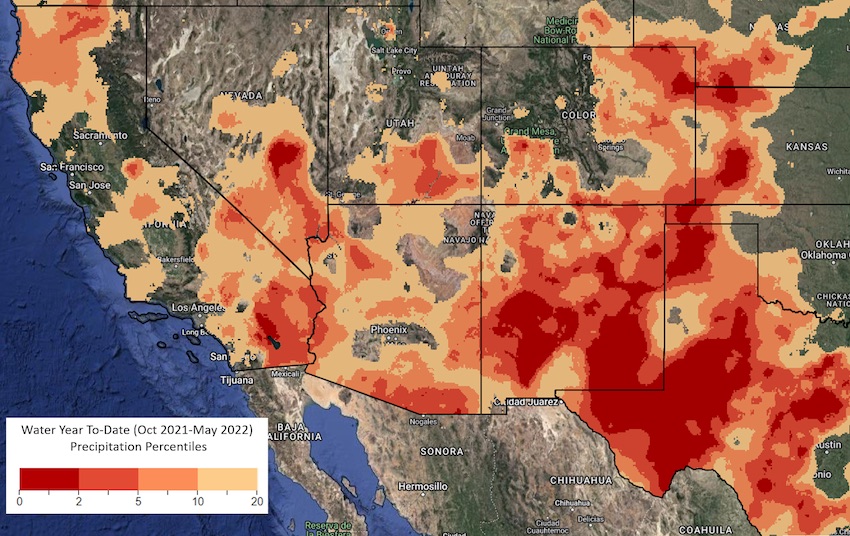
What Is the North American Monsoon?
- The word “monsoon” is thought to derive from the Arabic word “mausim” meaning “season” or “season of winds”. While the term is technically applied to a seasonal wind shift or reversal, the wind change usually brings additional moisture into the region, thus “monsoon” has also become synonymous with a seasonal increase in precipitation.
- The Southwest U.S. monsoon (sometimes called the North American Monsoon) is the seasonal increase in summer precipitation and occurs between June 15 to September 30 each year.
- Every monsoon season is different but usually experiences bursts and breaks of rain throughout the season. Monsoonal weather patterns and rainfall totals can be very different within short distances within the same season.
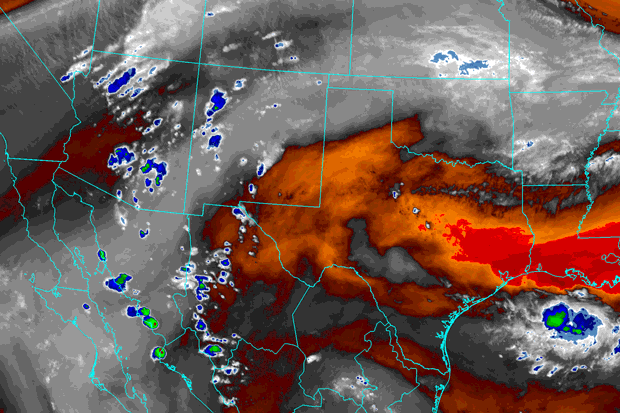
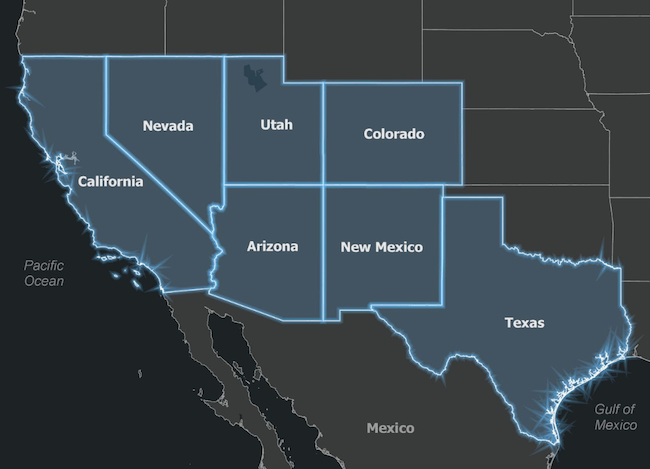
- In the Southwest U.S., the states of Arizona and New Mexico are most known for their seasonal monsoon pattern, but western Texas, southern Colorado, Utah, Nevada, and sometimes even southern California also see monsoonal weather.
- For this part of the country, 40%–75% of the annual precipitation falls during the monsoon season.
Percent of Annual Rainfall During the North American Monsoon
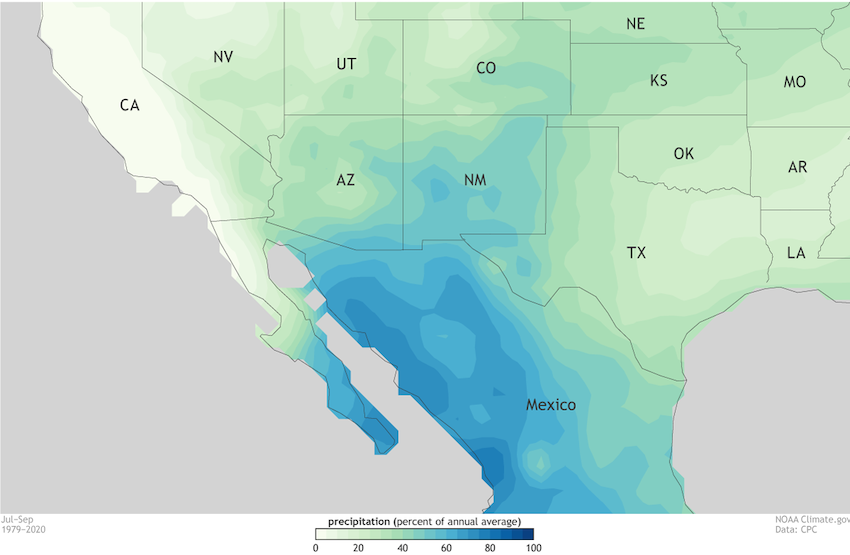
- Rainfall during the monsoon season is essential for:
- Agriculture in the region, especially livestock and grazing, which rely on the summer rains to continue the pasture growth through the hottest time of the year.
- Fire management: While the risk of lightning strikes is higher during the monsoon, as the season progresses, the wetter landscape is less prone to large wildland fires.
- Wildlife: During dry winters followed by dry monsoon seasons, surface water can be scarce for wildlife.
- The last two monsoon seasons have been extreme.
- Regionally, summer 2020 ranked among the 10 driest monsoon seasons on record (some locations saw their driest monsoon season on record):
- Flagstaff had its driest with 1.78 inches of precipitation.
- Las Vegas had its driest season with only a trace of rain by the end of the season.
- Tucson had its second driest with 1.62 inches.
- El Paso ranked 9th driest with 2.11 inches of rain.
- While not in the top 10 driest, Phoenix had 1.0 inches, and Albuquerque finished the season with 2.62 inches.
- Summer 2021 ranked among the 10 wettest monsoon seasons on record for many (but not all) locations in the Southwest:
- Tucson had its third wettest season with 12.79 inches of precipitation.
- Phoenix finished the season with 4.2 inches (normal is 2.34 inches).
- The season wasn’t wet for everyone. Albuquerque finished the season a little below average, with only 2.95 inches.
- More monsoon statistics are available here.
- Regionally, summer 2020 ranked among the 10 driest monsoon seasons on record (some locations saw their driest monsoon season on record):
More Information:
- Local NOAA National Weather Service pages:
- Climate Assessment for the Southwest (a NOAA RISA team)
- NOAA Drought Task Force Report on the 2020–2021 Southwestern U.S. Drought
What Is the Current Forecast for the North American Monsoon?
Seasonal Precipitation Outlook: July–September 2022
- The Climate Prediction Center's seasonal precipitation outlook shows increased odds of above-normal precipitation for the season, with the highest odds along the Arizona–Mexico border.
- Note: These outlooks do not indicate how much above-normal precipitation is expected.
- For short-term forecasts, see NOAA’s Weather Prediction Center’s quantitative precipitation forecasts.
- Seasonal forecasts of monsoon precipitation are largely based on continental or global-scale influences, while the broader monsoon weather pattern is governed by local-scale processes that can change quickly.
- Seasonal and subseasonal models struggle to capture monsoonal weather beyond about two or three weeks (for example, see Prein et al. 2022 and references therein).
- Although La Niña persists in the tropical Pacific, the relationship between the monsoon and El Niño/La Niña events appears relatively weak. If the current La Niña extends into the winter, it would tilt the odds toward drier conditions in the Southwest during the winter.
July–September 2022 Precipitation Outlook
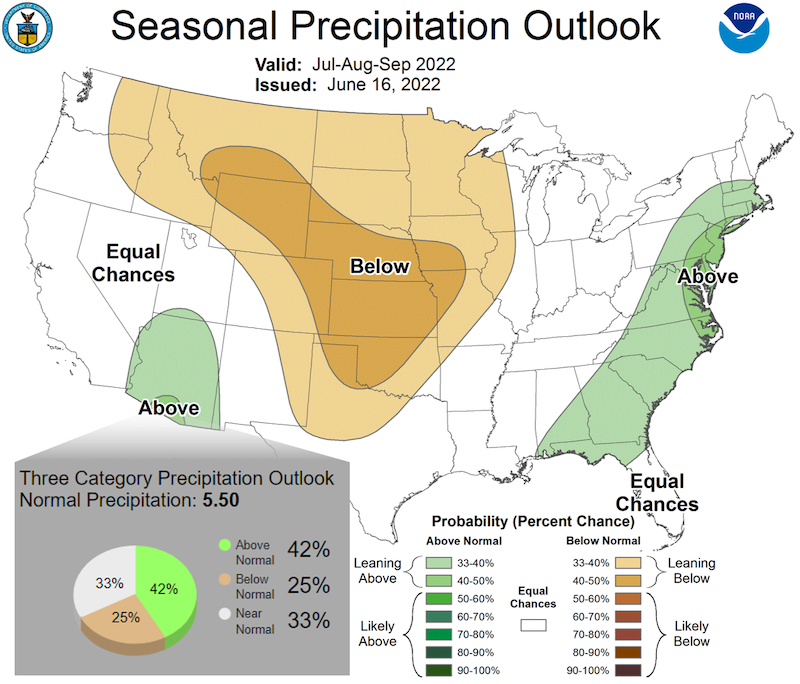
What Does This Mean for Drought?
| Monsoon | Below-Average (25%–32% Chance) | Near-Average (33%–34% Chance) | Above-Average (35%–44% Chance) |
|---|---|---|---|
| Impact on Drought | Long- and short-term drought in the region would worsen, potentially similar to what happened in summer 2020. | Short-term drought improvement would be possible. | Some short-term drought improvement would be likely, but a robust monsoon season will not terminate long-term drought in the region, similar to what happened in summer 2021. |
| Pasture Growth | If precipitation between now and August 31 is below normal, the estimated summer grassland production would be below the 36-year average. | If precipitation between now and August 31 is near normal, the estimated summer grassland production would be near or below the 36-year average. | If precipitation between now and August 31 is above normal, the estimated summer grassland production would be above the 36-year average. |
| Water Storage | Water storage in the region will continue to drop as demand stresses supply. | An average-to-above average monsoon can increase water storage in parts of the region, but the impact is likely to be small. Recent research has shown that summer precipitation is less efficient than winter precipitation at alleviating hydrologic drought. | |
| Wildland Fire | Elevated wildland fire potential to continue through summer. | Fire potential to return to near normal for this time of year. | Fire potential to return to near normal for this time of year. |
Prepared By
Joel Lisonbee, Amanda Sheffield, Adam Lang, Elizabeth Ossowski, Kelsey Satalino
NOAA's National Integrated Drought Information System, Cooperative Institute for Research in Environmental Sciences
Steph McAfee
Nevada State Climatologist
Erinanne Saffell
Arizona State Climatologist
Dan McEvoy, Dave Simeral
Western Regional Climate Center, Desert Research Institute
Paul Iniguez, Victor Murphy, Alexander Tardy
NOAA National Weather Service
Joseph Casola
Western Regional Climate Services Director, NOAA's National Centers for Environmental Information
Mike Crimmins
University of Arizona, Extension
This special edition drought status update is issued with partners from across the Intermountain West and California-Nevada Drought Early Warning Systems because of current North American Monsoon forecasts for Summer 2022. NIDIS and its partners will issue future drought updates as conditions evolve.






